Sinigang - its name alone- brings up many flavors and memories for Filipinos. Sinigang is the ultimate comfort food, a quintessential dish in Filipino cuisine, especially during the rainy season. This sour soup dish has a rich history and is beloved by many, both within and outside the Philippines.
Jump to:
What Is Sinigang
Sinigang is a traditional Filipino dish characterized by its sour flavor, achieved through various souring agents. At its core, Sinigang is a savory soup filled with meat (which could be pork, beef, fish, or shrimp) and a variety of vegetables. The sour taste contrasts beautifully with the savory flavors of the meat and vegetables, making it a favorite for many Filipinos and soup lovers worldwide.
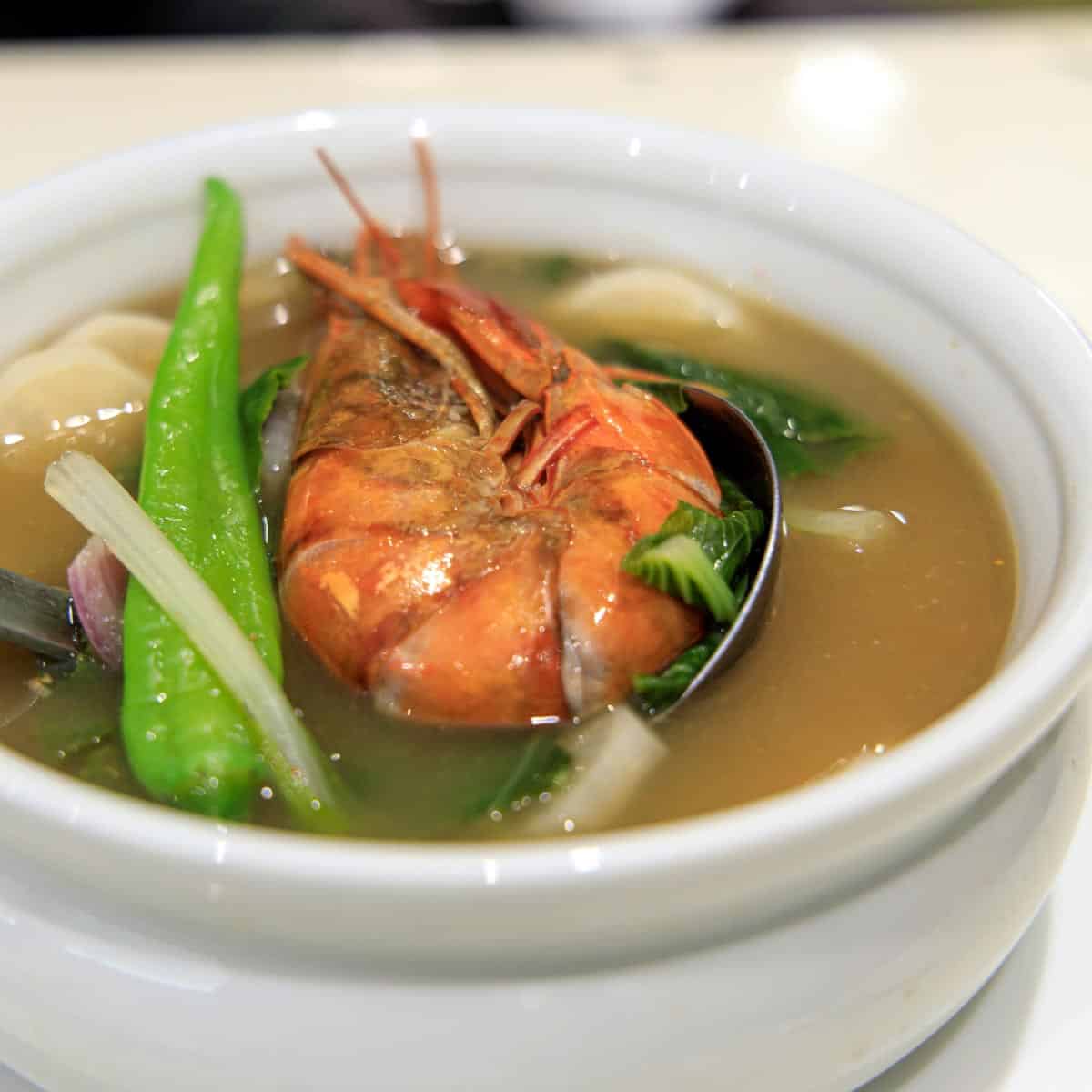
History And Origin Of Sinigang
Sinigang's history is deeply intertwined with Filipino culture. While its exact origins are debated, some believe it traces back to the pre-colonial period, long before the Spanish colonization. Its method of cooking and ingredients speak of indigenous practices and local produce.
The name "sinigang" itself is derived from the word "sigang", meaning "to stew." The dish has evolved in various forms and flavors, adapting to local tastes and available ingredients.
What Does Sinigang Taste Like?
The sour flavor of Sinigang is its distinguishing feature. The most common souring agent used is tamarind (sampaloc), but other sour fruits like green mango and citrus fruits are also utilized.
This tangy broth is balanced by the savory soup filled with meat and vegetables. Fish sauce, shrimp paste, and other seasonings heighten the savory taste, making it a meal that dances on the taste buds.
What Goes With Sinigang
Sinigang is typically served with white rice and sometimes with a side of red rice. It's also common to have a dipping sauce on the side, often made with fish sauce or shrimp paste and chopped green chilies. The sourness of Sinigang paired with rice provides a satisfying meal that fills you up and warms your soul.
Different Types Of Sinigang
Sinigang's vast appeal lies in its adaptability, allowing it to morph into various delicious dishes that cater to an array of taste buds. The different types of sinigang showcase the rich diversity of Filipino cuisine, with each version presenting a unique blend of sourness, savory flavors, and choice of meats.
- Sinigang na Baboy (Pork Sinigang) - Often considered a classic, this type features sinigang na baboy, typically made with pork belly or pork shoulder. Some prefer the pork ribs sinigang, which lend a deeper, savory taste to the broth. Essential ingredients include water spinach, bok choy, and long or snake beans. The taro root (or gabi) offers its own flavor and thickens the broth to a rich consistency.
- Pork Sinigang (Pork Belly) is a delightful treat for those who love the richness of pork belly. The Instant Pot Sinigang Pork is an ideal choice for a quicker cooking method.
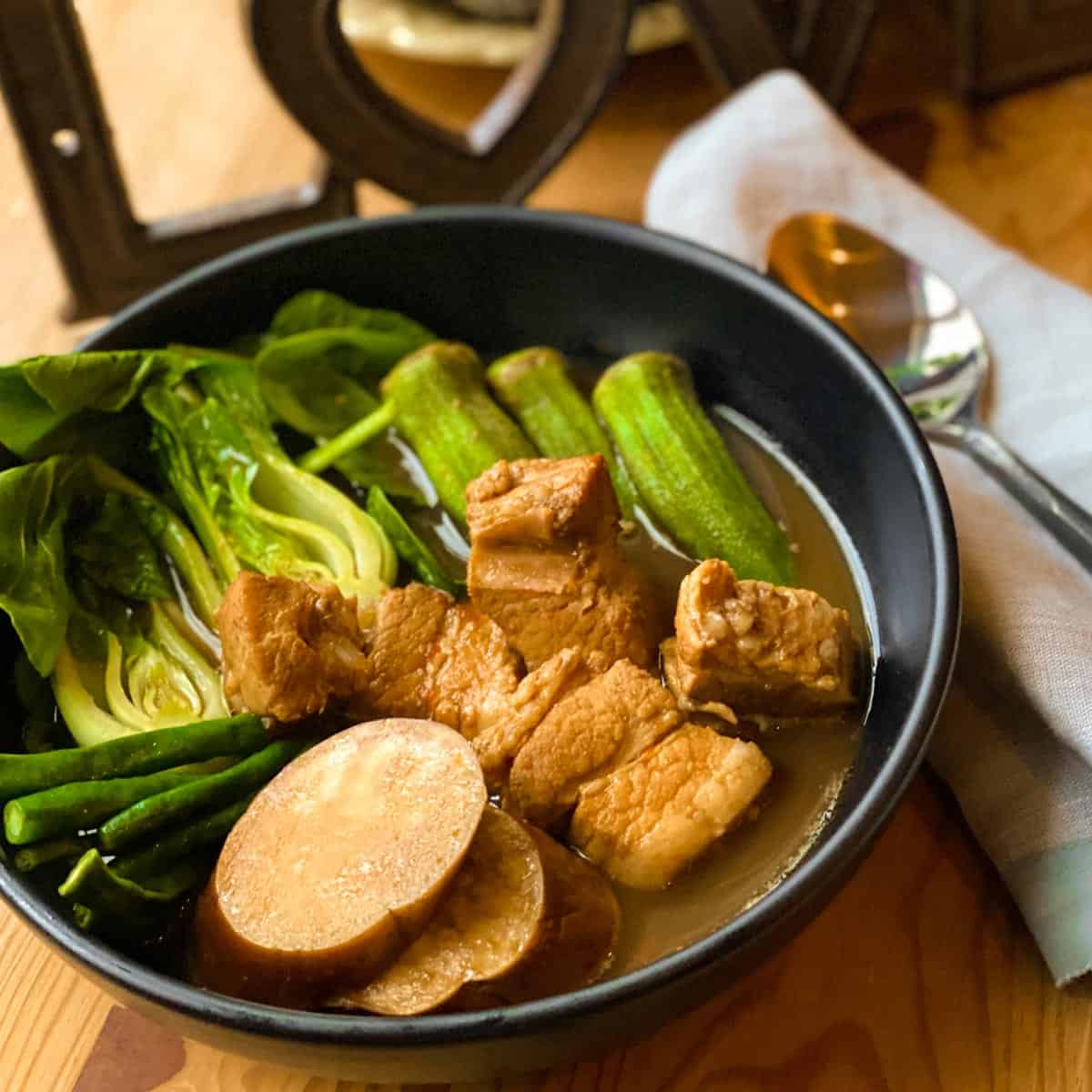
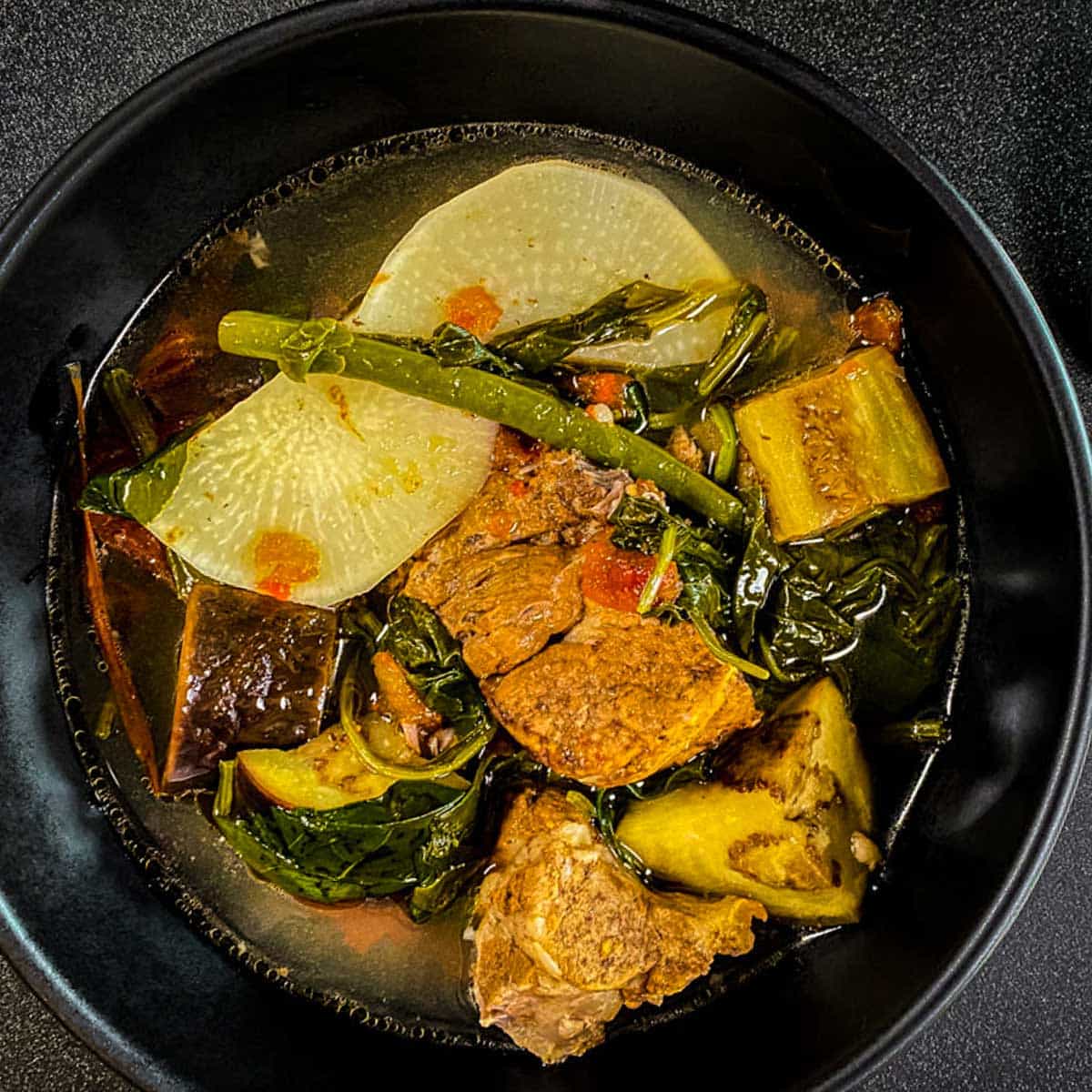
- Sinigang na Hipon (Shrimp Sinigang) - A seafood lover’s dream, this version emphasizes the savory dish quality of sinigang with fresh shrimp as the main ingredient. Often, it includes green beans, bok choy, and sometimes even sweet potato. The sourness of sinigang and the seafood make for a match in culinary heaven.
- Experience a burst of flavors with the Easy Shrimp Sinigang With Tamarind Filipino Sour Soup, where the tamarind soup base shines brightly.
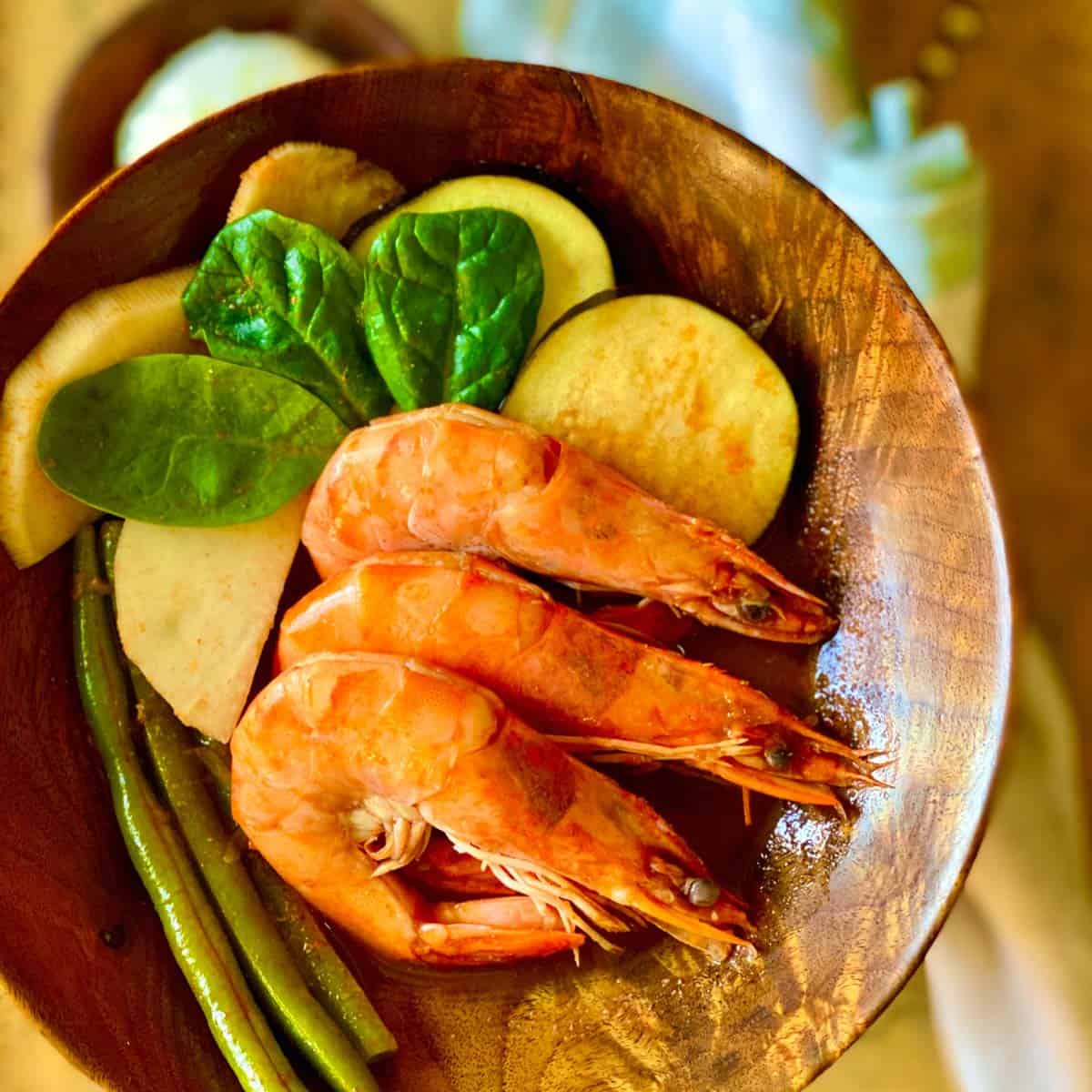
- Sinigang na Baka (Beef Sinigang) - This hearty dish usually features short ribs or sometimes other cuts of beef stewed to perfection. The sour soup dish, combined with the robust flavor of beef, especially when complemented by ingredients like green chilies and white radish, is sure to captivate soup lovers.
- Sinigang na Bangus (Milkfish Sinigang) - A light yet flavorful variant, this fish sinigang showcases milkfish (bangus) as the star. Vegetables like water spinach often accompany it and sometimes get a kick from green mango as a souring agent.
- Sinigang sa Ube - A delightful twist to the traditional sinigang, this version introduces the sweetness of purple yam (ube). This interplay of sweet and sour flavors offers a refreshing take on the classic.
- Special Mentions - The diversity of sinigang recipes doesn’t end here. There’s the sinigang na bagnet, which incorporates crispy pork belly; the sinigang na gulay for vegetable enthusiasts; sinigang na isda for those who prefer different fish stews; and even those that use unique meats like salmon fillets.
How To Make Sinigang
While each type of Sinigang has its unique recipe, the general process involves:
- Boil the meat until tender.
- Adding the tamarind paste or other souring agents.
- Incorporate the vegetables until cooked.
- Seasoning with fish sauce or other preferred seasonings.
The key is to use fresh ingredients, ensuring the best sinigang experience. Those new to Asian cuisine can find most ingredients at an Asian supermarket.
Sinigang, with its rich history and tangy broth, is one of the best soups and classic Filipino dishes that has endeared to many. Whether you're a newbie to Filipino cuisine or a seasoned Sinigang lover, there's always a Sinigang recipe waiting for you to explore and relish. So, grab your pot and start cooking your Sinigang adventure today!
FAQ
Sinigang – the ultimate comfort food for many Filipinos! Sinigang is a traditional sour soup that originates from the Philippines. It's typically made with meat or seafood, vegetables, and a tamarind-based broth that gives it its distinctive tangy flavor.
The magic of sinigang lies in its perfect balance of sourness and savory goodness. The tamarind broth provides that delightful tartness that pairs beautifully with the tender meat or seafood and fresh veggies. Each spoonful brings together a symphony of flavors that will leave you craving more.
While there are various versions of sinigang across different regions in the Philippines, some common ingredients include tamarind (or other souring agents like guava or calamansi), onions, tomatoes, leafy greens (such as kangkong or spinach), radishes, okra, and long green chili peppers. As for protein options, pork ribs are often used, but feel free to experiment with beef, shrimp, fish – whatever tickles your taste buds!
Pork sinigang or sinigang na baboy is the most popular dishes among Filipinos.
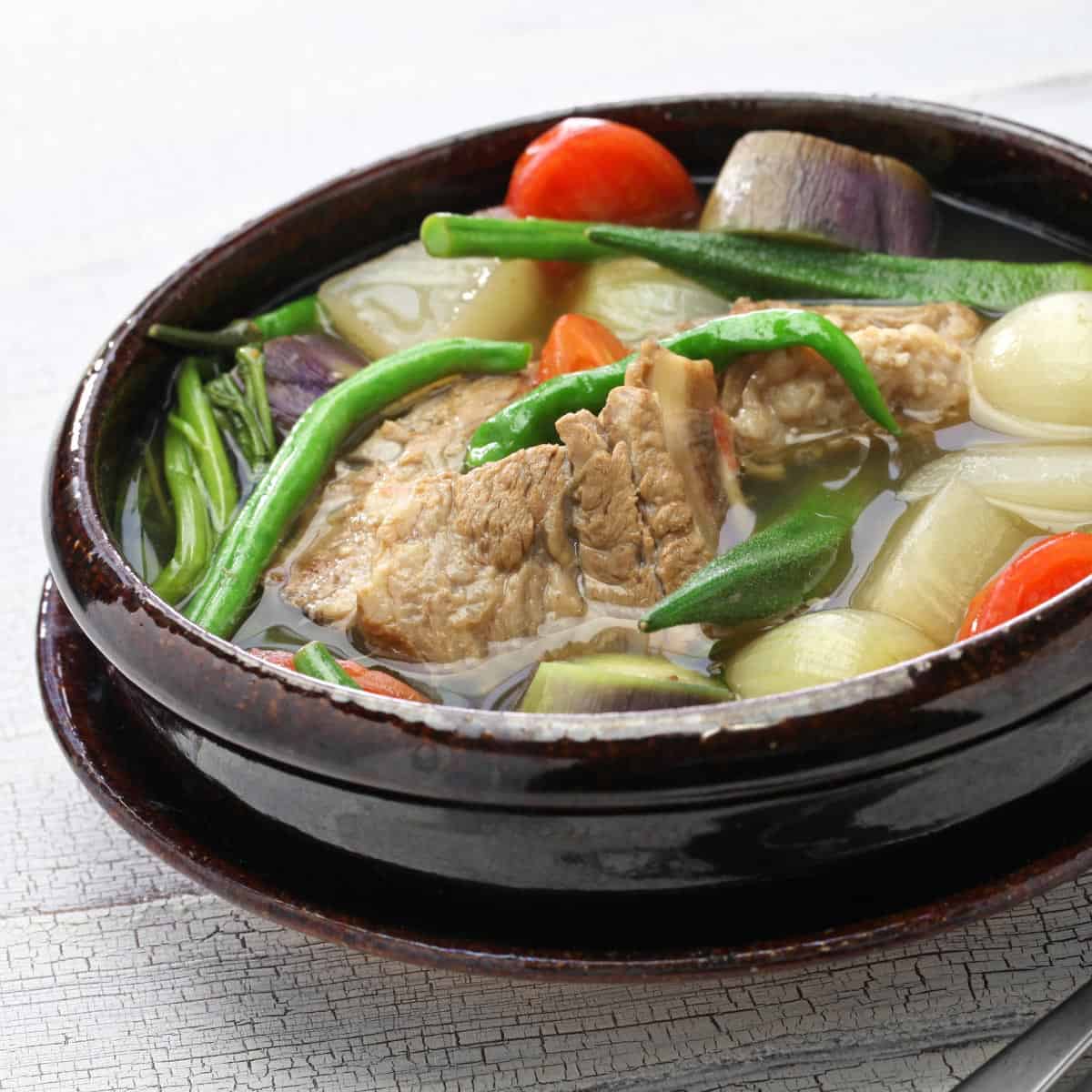
Instructions
Sinigang na Baboy (Pork Sinigang)
- Often considered a classic, this type features sinigang na baboy, typically made with pork belly or pork shoulder.
- Some prefer the pork ribs sinigang, which lend a deeper, savory taste to the broth.
Sinigang na Baka (Beef Sinigang)
- This hearty dish usually features short ribs or sometimes other cuts of beef stewed to perfection.
Sinigang na Bangus (Milkfish Sinigang)
- A light yet flavorful variant, this fish sinigang showcases milkfish (bangus) as the star.
Sinigang na Hipon (Shrimp Sinigang)
- A seafood lover’s dream, this version emphasizes the savory dish quality of sinigang with fresh shrimp as the main ingredient.
Other Sinigang And Soup Recipes
Looking for other recipes like this? Try these:
Rice Recipes
Sinigang is typically served with steamed white rice. Learn more about rice:

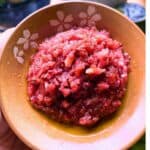



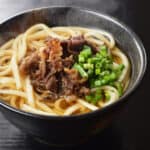
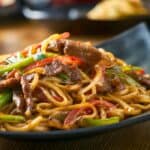
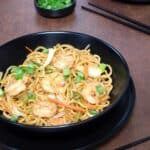


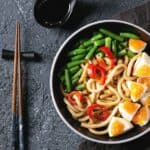



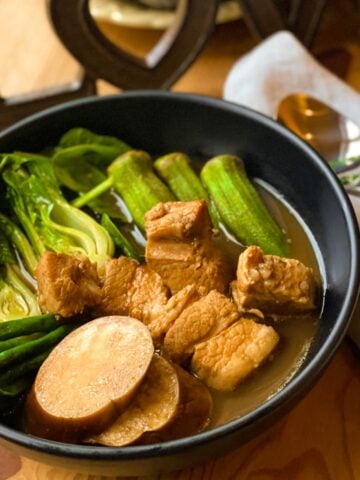
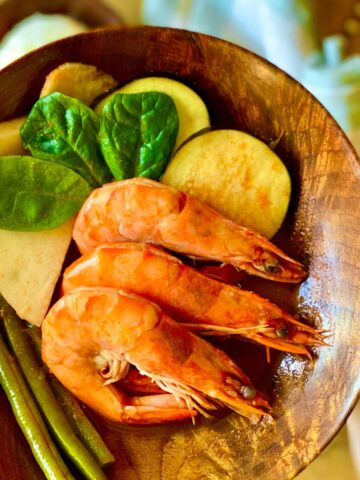
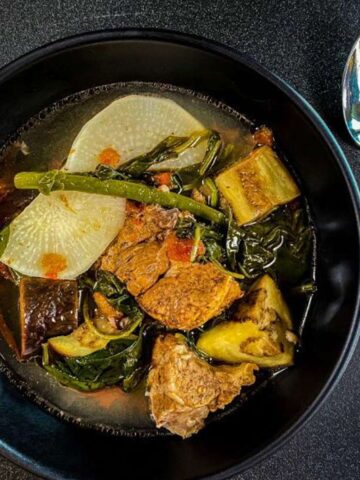
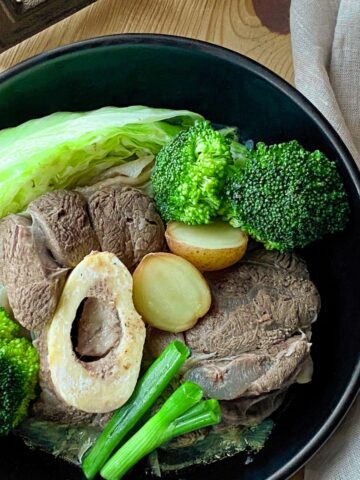
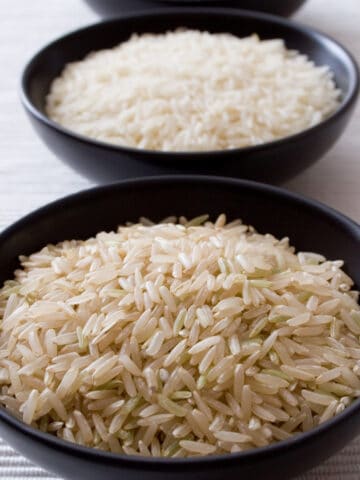

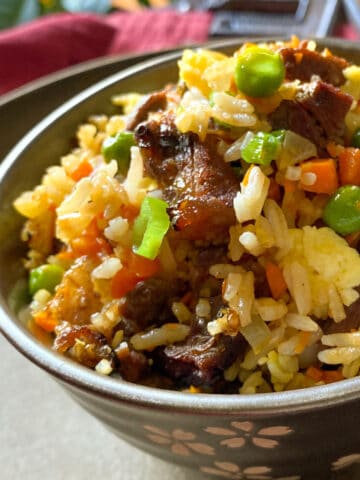
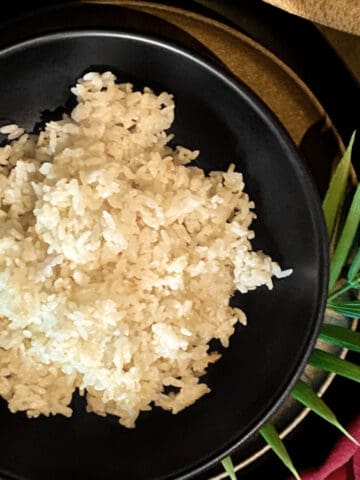




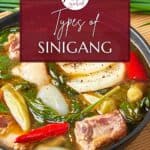
Comments
No Comments